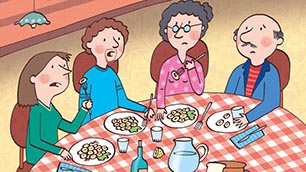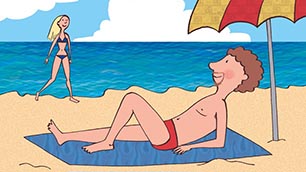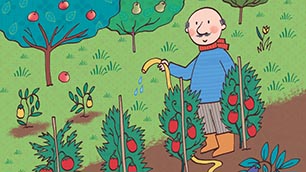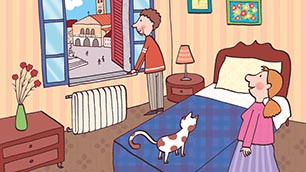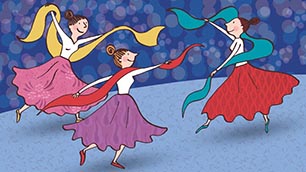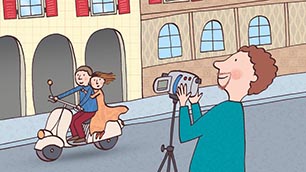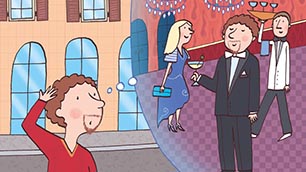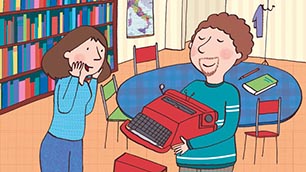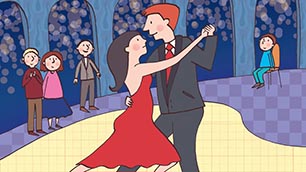I. Possessive Adjectives and Pronouns
- Possessive adjectives and pronouns indicate ownership, friendship, or closeness. They
answer the question, “whose?” In Italian, possessive adjectives and pronouns are usually preceded by a definite article. Both the adjective (or pronoun) and the article must agree with the gender and number of the thing being possessed (not the possessor). Unlike their English counterparts, Italian possessive adjectives and pronouns have the same forms.
Masculine Singular
Feminine Singular
Masculine Plural
Feminine Plural
my/mine mio mia miei mie your/yours tuo tua tuoi tue your/yours (formal) Suo Sua Suoi Sue his/her/hers/its suo sua suoi sue our/ours nostro nostra nostri nostre your/yours vostro vostra vostri vostre their/theirs loro loro loro loro







